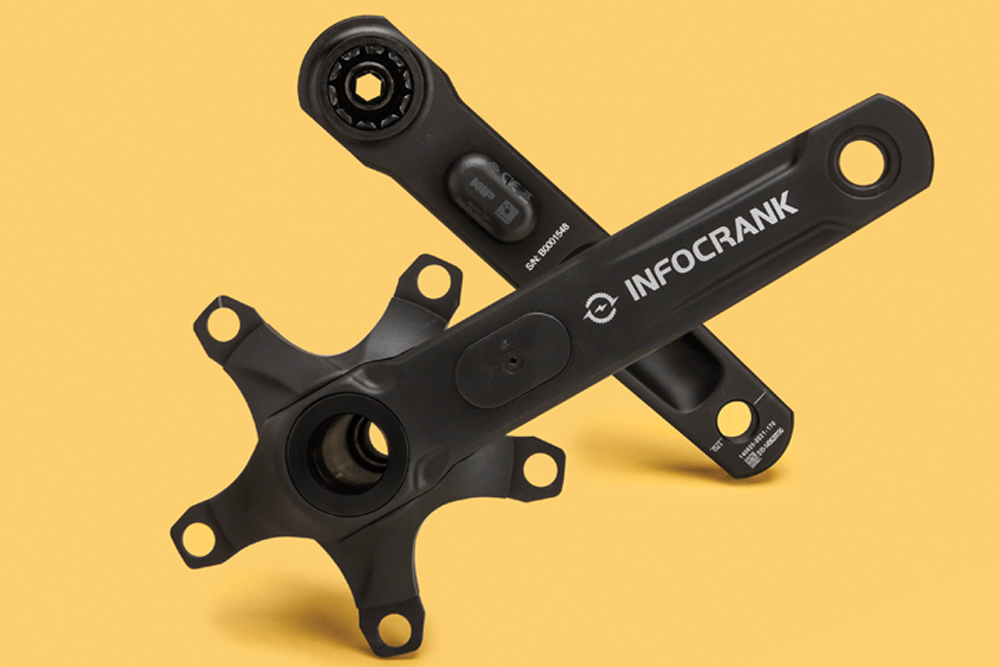Verve Infocrank power meter review
The Verve Infocrank power meter is the choice of British Cycling, but is it the best power meter for the rest of us?

The Verve Infocrank power meter has some pretty impressive endorsements, and its precision cannot be faulted, making it a great training tool. It's also easy to fit and has a good battery life. However, it's certainly not pretty, and might not be your first choice if you want a power meter to swap between bikes.
-
+
Good battery life
-
+
Impressively precise power measurement
-
+
Easy to attach
-
+
Good range of metrics
-
-
Ugly
-
-
Difficult to swap between bikes
-
-
Dodgy cadence readings
You can trust Cycling Weekly.
The power meter of choice for both British Cycling and the Australian Institute of Sport, the Verve Infocrank’s credentials can be bettered only by the gold-standard SRM - not bad going for a company that has only been in existence for three years.
Installing the Verve Infocrank power meter is similar to installing a normal crankset, the only additional step being the need to fit cadence-sensing magnets between the crank and frame. Despite being a fairly simple process, this is still more hassle than any of the other power meters on test; you’re not going to want to swap the Infocrank between bikes too often.
Once attached, the Infocrank is a doddle to use. ANT+ transmission means it is compatible with the vast majority of cycling computers, while the unit is able to offer dual-sided power measurement.
The number of metrics on offer should be enough to satisfy any data junkie, with the Infocranks measuring everything from power and cadence, to left/right balance, pedal smoothness, and torque effectiveness.
All of these metrics remained consistent through months of testing in different conditions, never suffering from data drift, with an overall accuracy of +/- 1 per cent.
The battery life of the Verve Infocrank power meter is excellent: 500 hours compared to 200 hours for the Stages power meter, 300 hours for the Rotor INpower power meter, and 60 hours for the PowerTap P1 pedals, with power provided by SR44 silver oxide batteries which can be bought in most supermarkets.
Aside from being difficult to swap between bikes, the only other points against the Infocrank are that the cadence readings can be inaccurate when freewheeling giving a false average, its high price, and the less than elegant appearance.
The latest race content, interviews, features, reviews and expert buying guides, direct to your inbox!
I’ve been using this power meter on my winter bike, where it looks fine, but would perhaps think twice about fitting it to a high-end bike where
aesthetics may be a factor.
Henry Robertshaw began his time at Cycling Weekly working with the tech team, writing reviews, buying guides and appearing in videos advising on how to dress for the seasons. He later moved over to the news team, where his work focused on the professional peloton as well as legislation and provision for cycling. He's since moved his career in a new direction, with a role at the Department for Environment, Food and Rural Affairs.